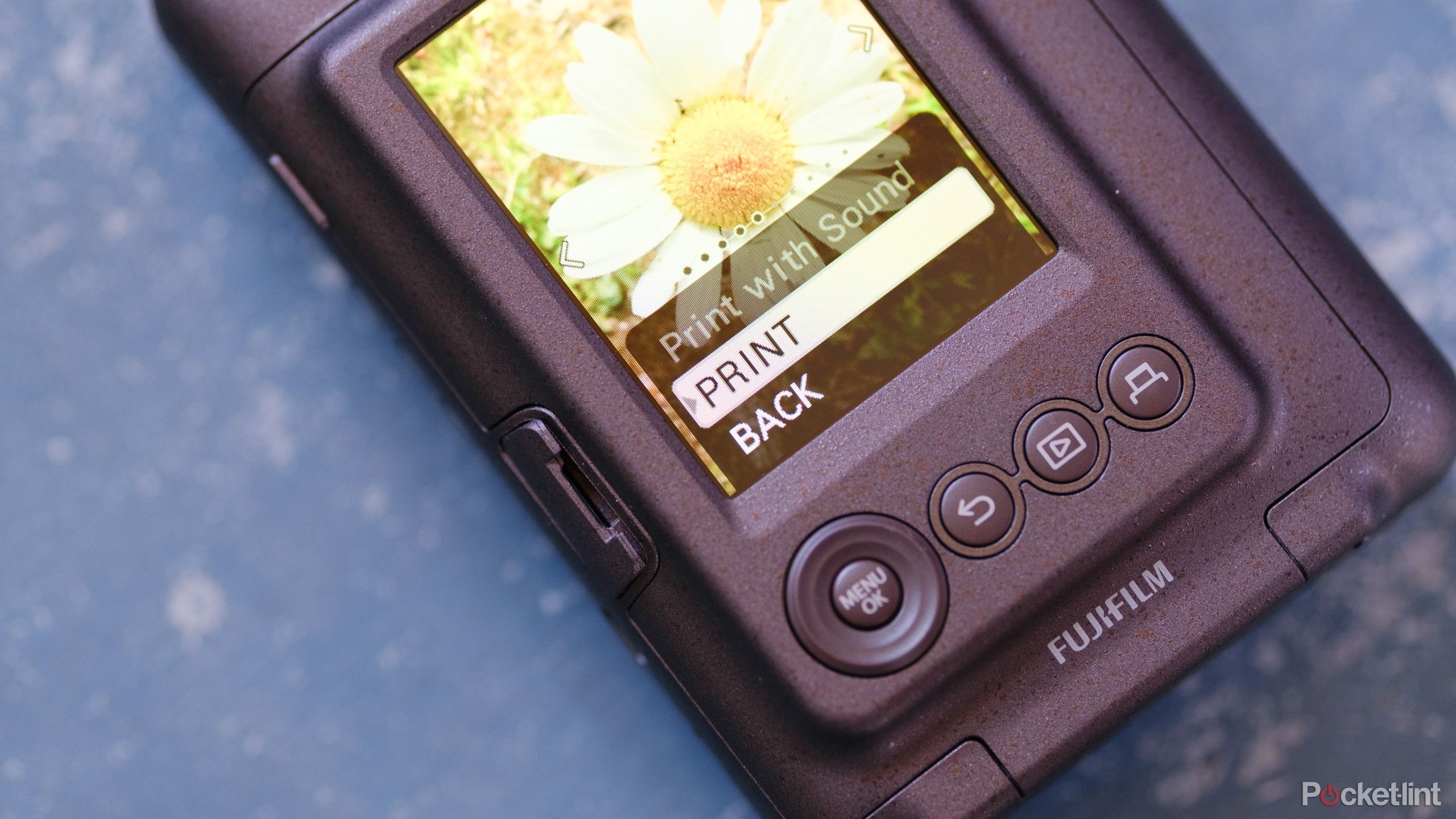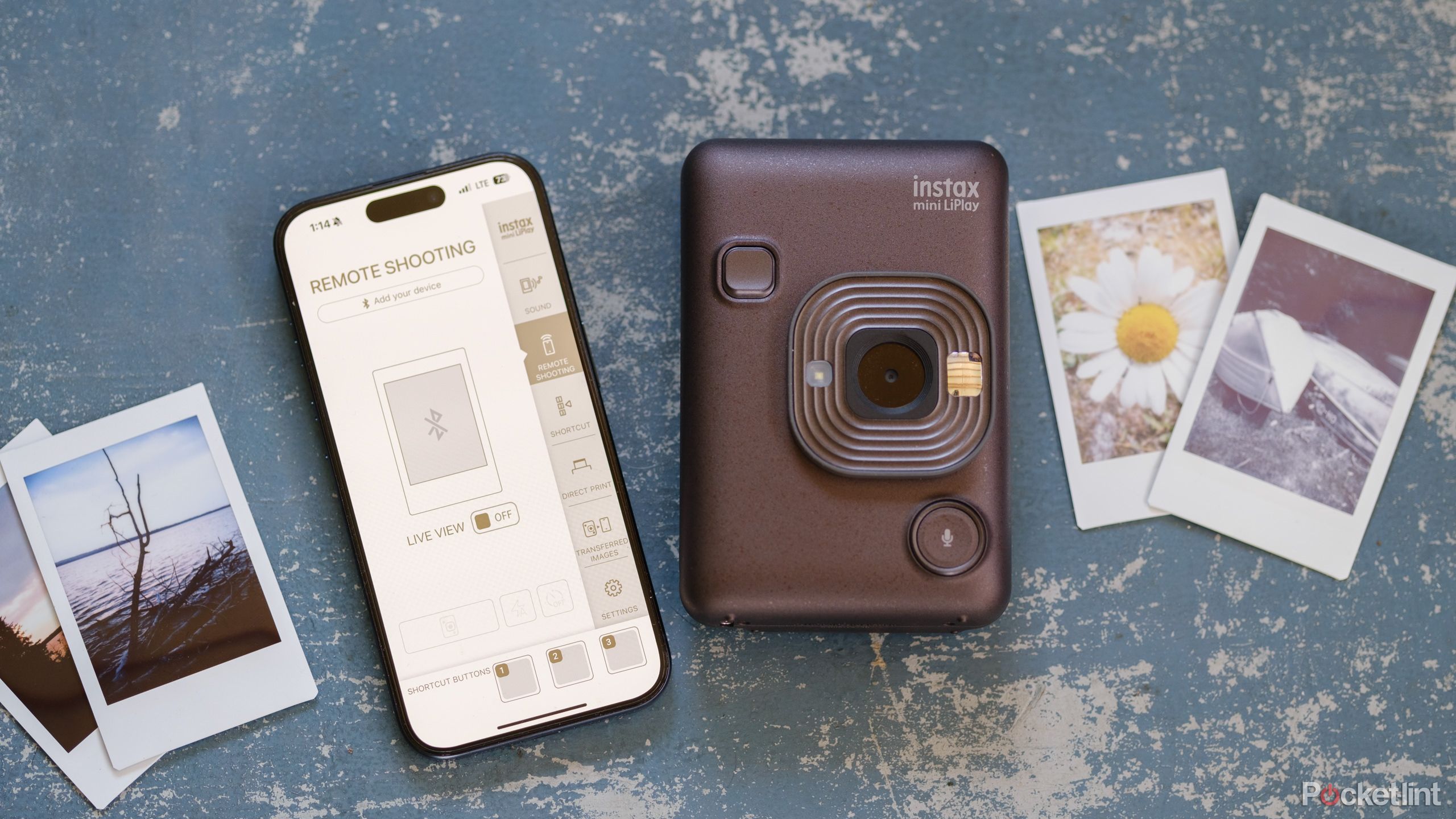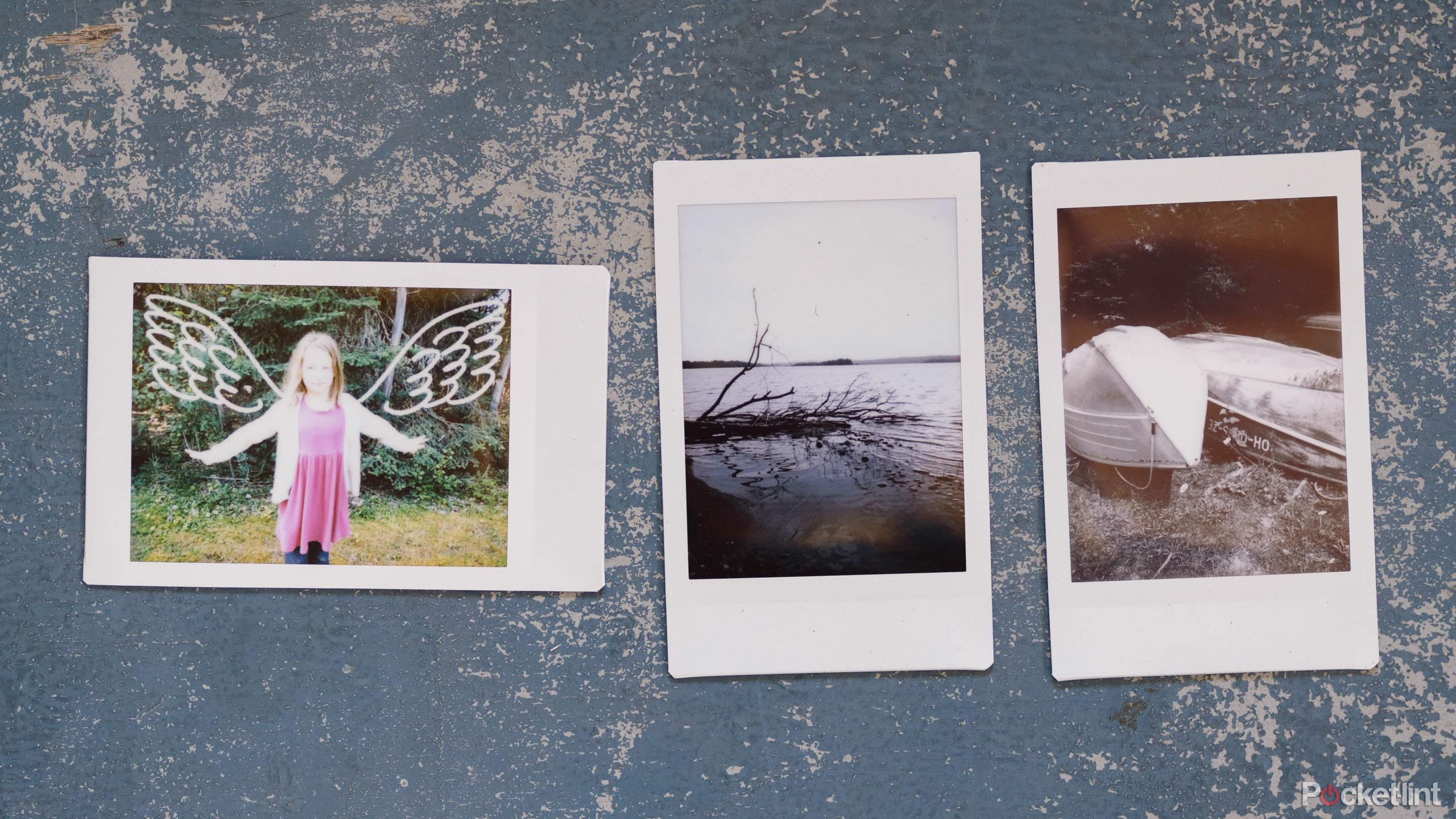Key Takeaways
- It’s easy to use for all ages, with fun features like color effects and sound recording.
- Prints only the best images to avoid waste, but the 5-megapixel sensor definitely limits digital quality.
- Affordable and good for kids, parties, or those who appreciate quirky image quality.
Despite the prevalence of digital cameras tucked into phones, instant film has never fully lost its appeal. There’s just something about the physically of holding a print in your hands just seconds after the moment has passed. That’s why Fujifilm’s Instax cameras have remained popular and even thrived in the last few years. But hybrid cameras like the Fujifilm Instax Mini LiPlay allow you to shoot both digital photographs and instant film. It’s the modern photography equivalent of having your cake and eating it too.
The Instax Mini LiPlay is essentially a digital point-and-shoot with a built-in printer. The combination allows me to ignore the half-blinking error-riddled shots while printing my favorites — and even share them on social media. But as a $170 camera, the LiPlay isn’t a high-end camera. In fact, the specs on most smartphones beat out the paltry five megapixels on the LiPlay. So, who is the LiPlay for, and is it worth buying?
I spent a few weeks with the Instax Mini LiPlay (2024 version) to see how Fujifilm’s digital-film hybrid holds up.
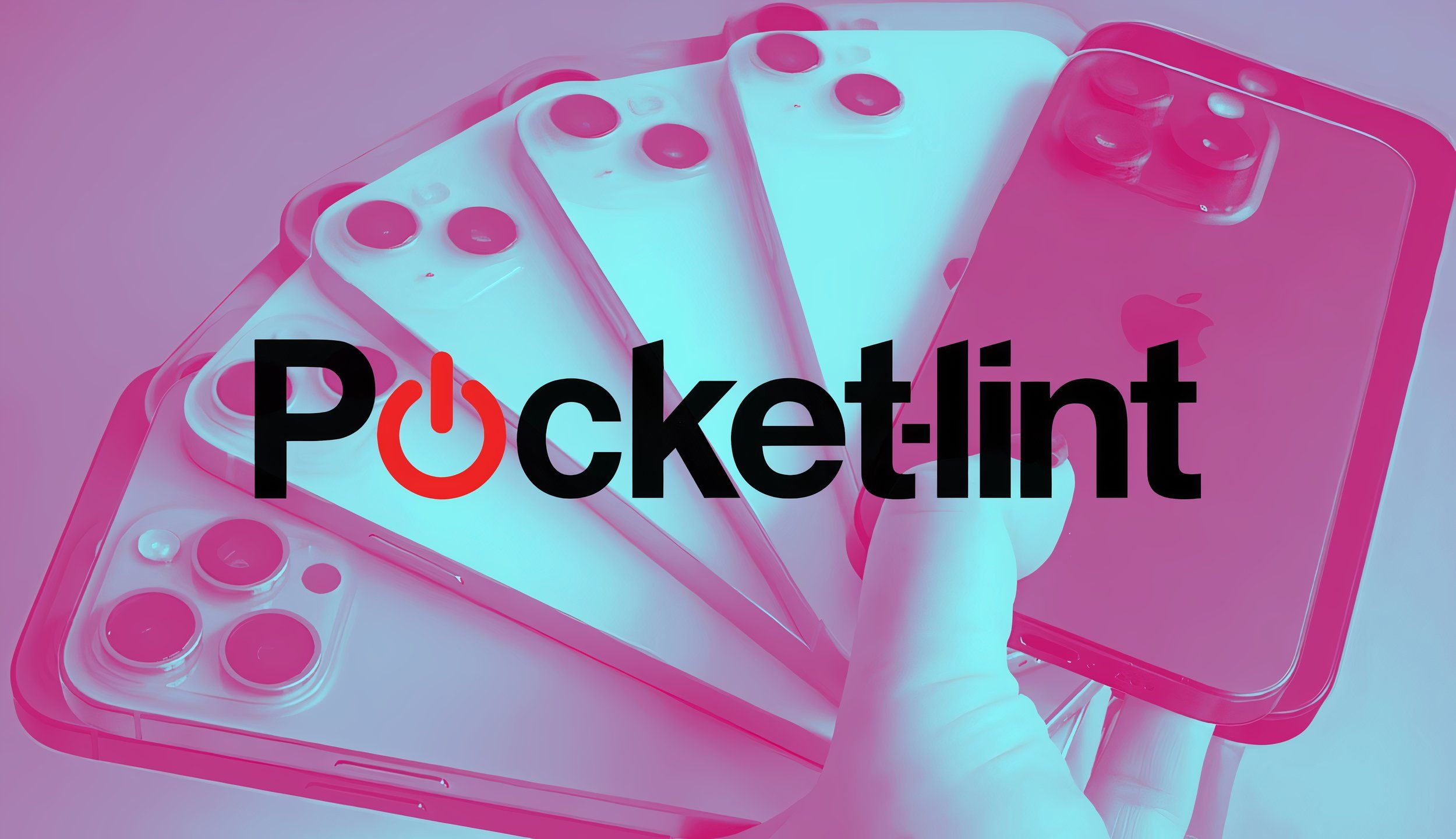
See our process
How we test and review products at Pocket-lint
We don’t do arm-chair research. We buy and test our own products, and we only publish buyer’s guides with products we’ve actually reviewed.
Price, availability, and specs
The Fujifilm Instax Mini LiPlay has been around for a few years, but the company just launched a minor update that gives the camera a USB-C cord and three new colors. Essentially, if you want the USB-C port rather than the older micro USB, you’ll want to pick up the camera in Matcha Green, Deep Bronze, or Misty White. Otherwise, the specs are the same as the earlier model.
The film-digital hybrid camera retails for $170.
What I liked about the Instax Mini LiPlay
Simple and fun
One of the things I love about Instax film, besides the satisfaction of immediately holding a print in your hands, is the simplicity of it. I’ve gifted a number of Instax cameras to the kids in my life because they are so easy to use, and the Instax Mini Li Play is no exception. In fact, it’s probably the easiest Instax camera that I’ve used so far.
I didn’t have to dig into the instructions and every time I turn the camera on, it reminds me of what the shortcut buttons are for essentials like turning off the flash or switching through different color effects. The LiPlay is essentially a point-and-shoot that nearly anyone can use with ease.
As a digital-film hybrid, I don’t have to stop taking pictures when I run out of film. The built-in printer design also means that I don’t have to print the images that turn out, only the ones that make the cut. I can even edit the images and apply color effects after they’ve been taken, before I print them out. The LiPlay also doubles as a printer for images that weren’t taken with the built-in camera. Using the app, you can send snapshots you took on your phone to print out on instant film.
There’s inherent joy in holding photos that you’ve taken in your hands.
The simplicity and the instant satisfaction mix to make the LiPlay an incredibly fun camera to use. There’s inherent joy in holding photos that you’ve taken in your hands and hanging them on the fridge or giving them out to friends at parties. The LiPlay has three buttons on the side where using the mobile app, you can choose frames to add to your images, anything from a mustache to holiday-themed borders. The mobile app can also remotely trigger a shot or update the camera firmware.
The LiPlay’s design plays into both the simplicity and the fun factor. The camera is fairly compact, considering there’s both a camera and a printer wrapped inside the colorful exterior. The controls and buttons are simple and straightforward, and there’s even a small mirror on the front for selfies. My only complaint about the design is that I sometimes pressed the sound button instead of the shutter.
The sound quality is subpar with a lot of white noise coming with the recordings.
The LiPlay has a unique feature where you can record sound for up to 10 seconds after taking a picture. Then, you can print a QR code over the picture that, when scanned, will play the recording. This is a cute way to say, sing happy birthday to a friend who lives far away or record your child’s voice with their portrait. However, it does require the Instax Mini LiPlay app to listen, and the sound quality is subpar with a lot of white noise coming with the recordings.
0:56
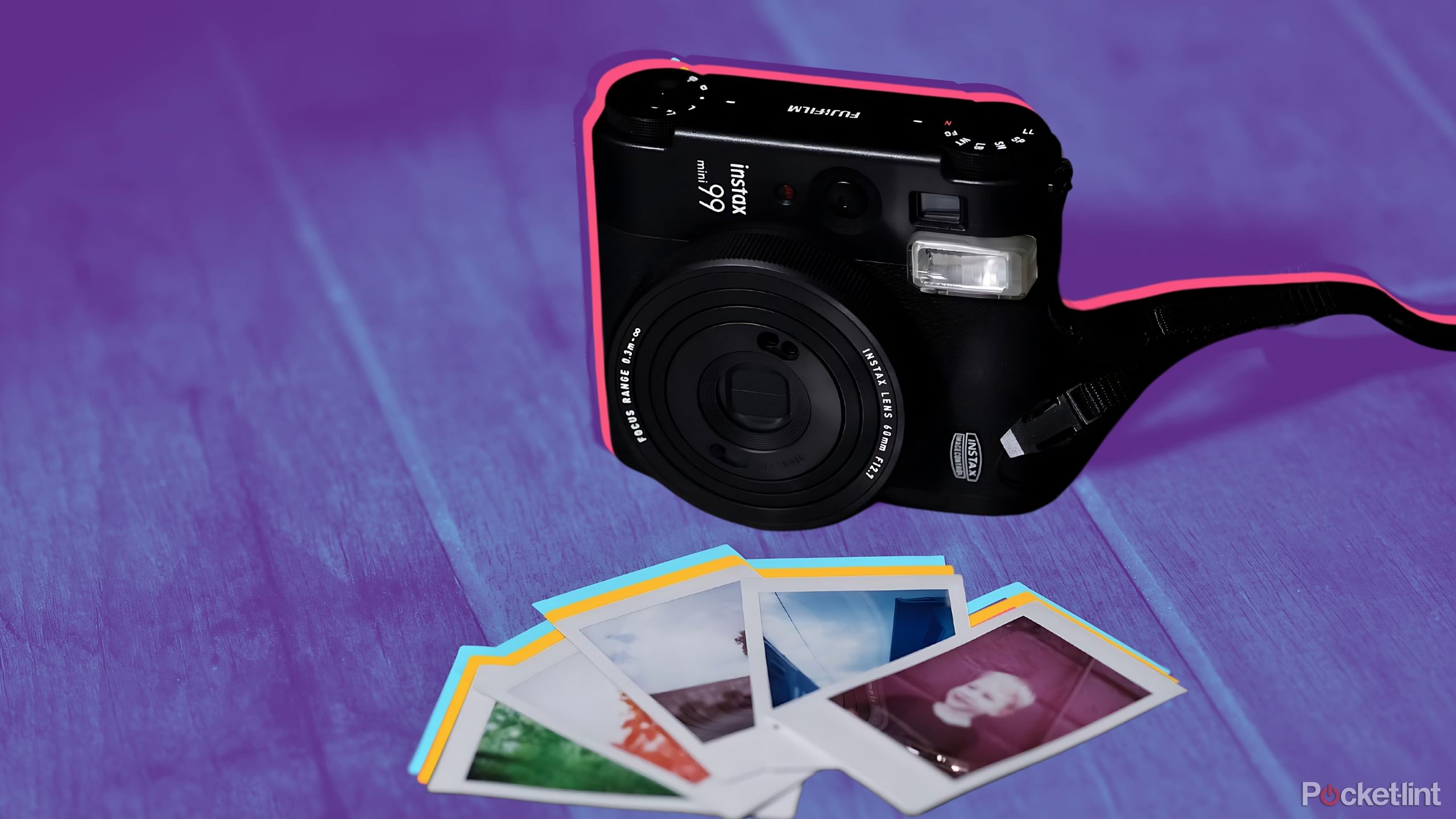
Related
The Fujifilm Instax 99 oozes vintage vibes, and I’ve fallen head over heels
Want modern instant film convenience with vintage vibes? You’re going to love the Fujifim Instax 99.
What I don’t like about the Instax Mini LiPlay
A 5-megapixel sensor holds the camera back
First, the 2024 release of the Instax Mini LiPlay isn’t really much of an update from the previous versions. There are new color options and the charging port is now USB-C type. That’s not enough of a reason for those with the previous version to upgrade, which perhaps Fujifilm understands, as the new model has the same name as the 2019 release, without even a Mark II at the end.
While the Instax Mini LiPlay is both camera and printer, the camera itself won’t outperform a smartphone camera. The images are only 5-megapixels coming from a tiny 1/5th of an inch sensor. That’s more than enough for the instant prints, but view them at 100 percent on your computer, and you’ll quickly be disappointed with the grainy texture and lack of detail. My iPhone 15 Pro beats out the LiPlay’s digital images in quality hands down, though, of course, that’s comparing a $1,500 device to a $170 one, which isn’t exactly fair.
Even with the flash on, the LiPlay often blurs movement indoors, a flaw that you’ll see in the prints as well as in the digital files. Another issue that can be evident in some prints is that the LiPlay is a bit slow to focus, sometimes missing the focus entirely even for tasks like simple portraits.
The LiPlay also lacks the convenience of sending images from the camera to a smartphone. The app will only allow you to transfer images that you’ve printed. If you want to share the images that you didn’t waste film on to your social media, you’ll have to save them to a microSD card and physically plug that card into your device to transfer them.
I don’t want to have to print an image before I can transfer it to my phone.
It doesn’t really make sense that you can send images from your phone to the camera to print, but can’t reverse the process and send images from the camera to your phone. The Bluetooth and Wi-Fi hardware are there, but the Instax is missing some of the most convenient functions. I don’t want to have to print an image before I can transfer it to my phone.
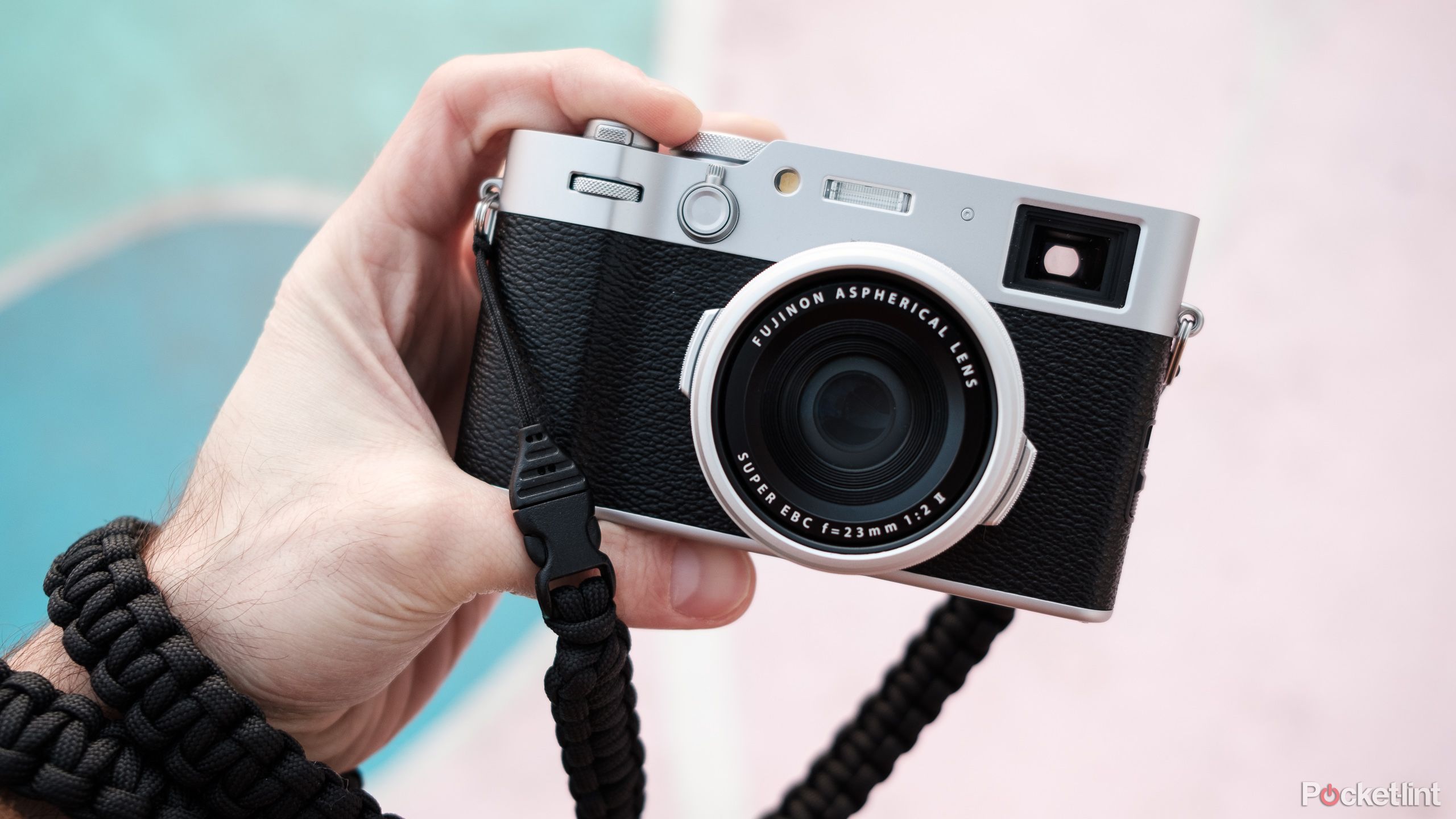
Related
The Fujifilm X100VI is one of the most joyful cameras I’ve used
Now if only I could find one to buy for myself.
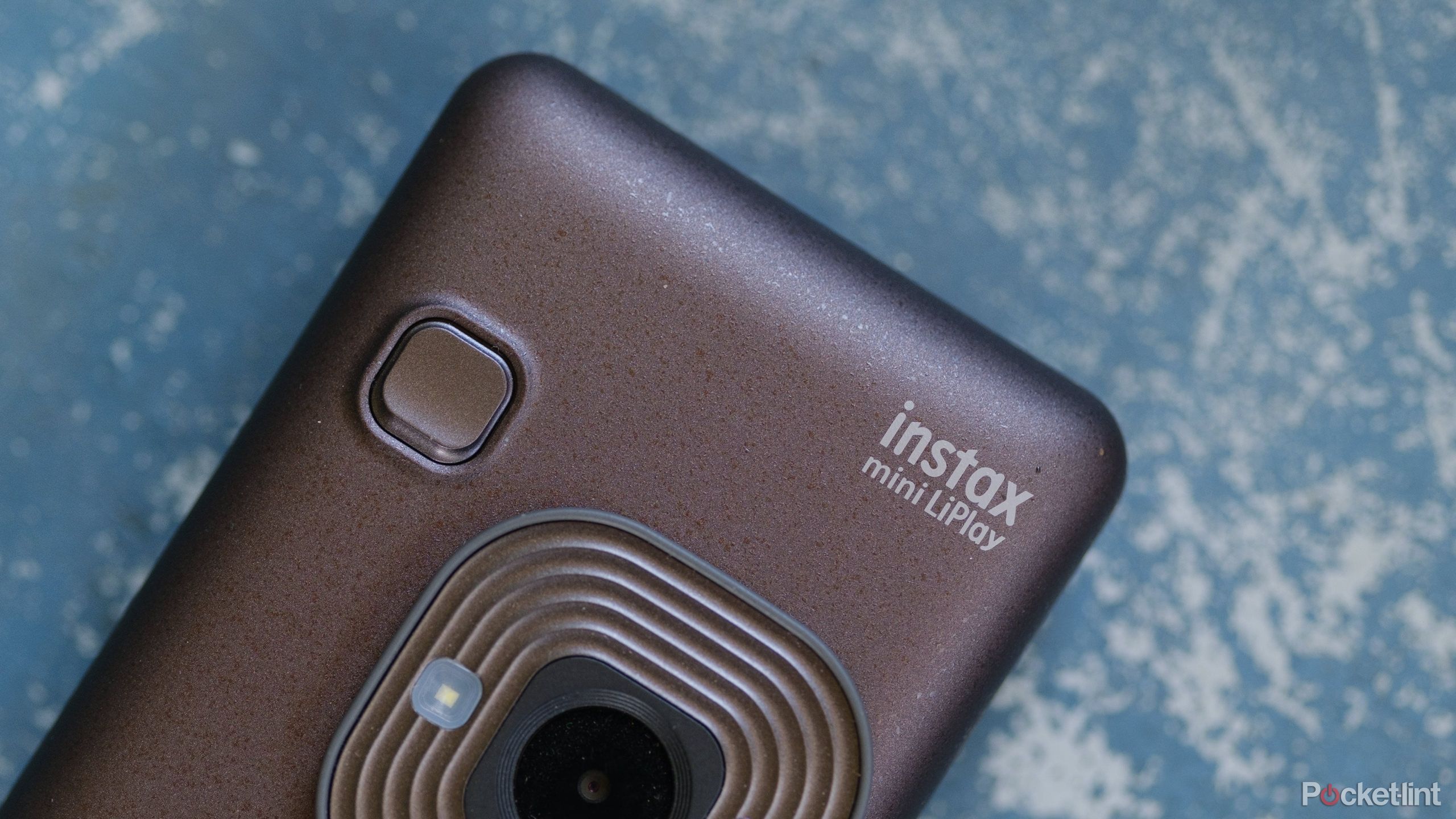 Should you buy the Instax Mini LiPlay?
Should you buy the Instax Mini LiPlay?
The Instax Mini LiPlay is a fun digital-film hybrid that’s both affordable and incredibly easy to use. While it’s highly entertaining to play with, the limits on transferring images off the camera and the tiny five-megapixel sensor limit its appeal dramatically.
There are three key groups that I can see really falling in love with the Instax Mini LiPlay. The first is kids and preteens. The LiPlay is far better than a chinzy toy camera and, because it’s still a digital camera, kids can still keep shooting when they run out of film. If you don’t want to give your child a smartphone yet, but they’re too old for the cameras sold in the toy aisle, the LiPlay is an excellent option.
The second key group that I can see loving the LiPlay is the same generation that buys old 2000s point-and-shoot cameras. These older digital cameras are beloved specifically because of their quirky, flawed image quality and the ability to stay ‘in the moment’ by using a camera that won’t be interrupted by smartphone notifications — the LiPlay delivers on both accounts.
Unlike film-only Instax cameras, you don’t need to waste film on shots where someone’s eyes are half closed.
The third key reason to buy the LiPlay is to use as a party camera. Unlike film-only Instax cameras, you don’t need to waste film on shots where someone’s eyes are half closed. You only need to print the good ones, and you don’t need to mess around with transferring images off a smartphone.
But, if you want great digital photos and instant prints, most would be better off shooting the image on their smartphone and then using the Instax Mini Link 2 for instant prints. The Mini Link doesn’t have a camera built-in, but using Bluetooth can print the photos that you take on your smartphone. And since most smartphones have more than 5 megapixels, the quality of the digital files will be a bit better if you go this route. Plus, the printer without the camera built-in is $70 less than the LiPlay.
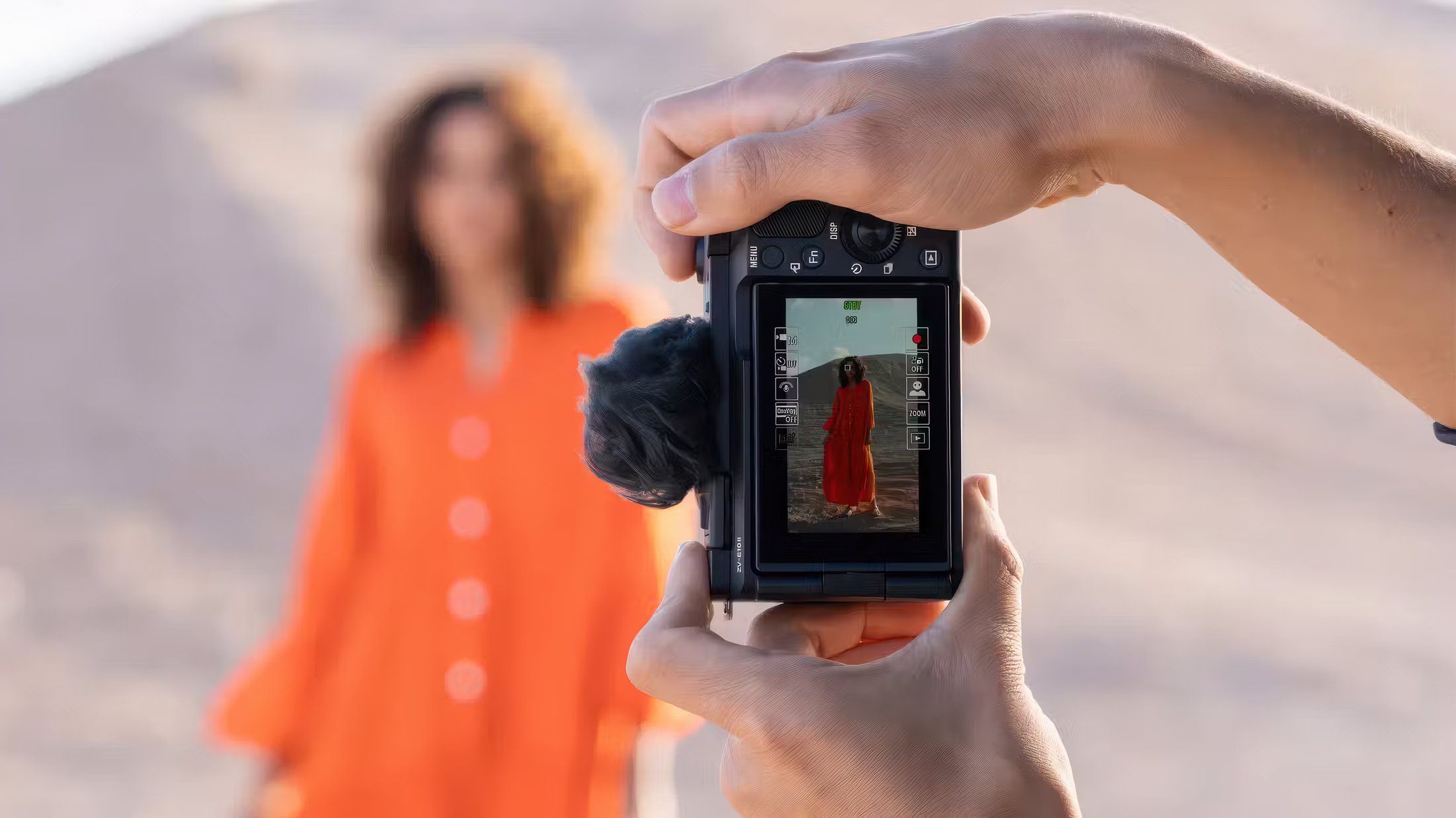
Related
What’s your wishlist for a pocket mirrorless camera?
With the release of the Sony ZV-E10 II, we are getting the next step in Sony’s compact vlogging camera evolution. The camera has better camera sensitivity, it shoots in 4K60P video, and a more versatile battery life. The camera has received great reviews across the board, but I can’t help but be slightly disappointed by Sony’s current trajectory. I wish the camera had evolved more while staying mid range price. At a $1,000+ price point, the camera is a financial investment. Despite its high price point, the camera still doesn’t have 8K60P and anything above a few hours charge. I want to know at what point we will be able to get a camera that doesn’t break the bank that fits in with YouTube’s highest definition capabilities these days, and allows for long trips or remote vacations. As someone who cares a lot about visual quality, and travels often, I’d love a compact camera that has the possibility of 8K resolution, and several days charge for less than $2,000.
Serious photographers who want both the camera and prints should consider the Instax Mini Evo instead. While the Evo has similar five-megapixel hardware, it has more built-in creative features, like double exposures, light leaks, and vignettes. Plus, the Evo has a gorgeous retro design and a few more controls, like exposure compensation.
If you want the convenience of the digital-film hybrid, but more creative tools, consider the Fujifilm Instax Mini Evo.
If you want an affordable instant camera that still keeps shooting when you run out of film and doesn’t print the bad ones, buy the Fujifilm Instax Mini LiPlay. If you want both great digital files and prints, use your smartphone or a digital camera to transfer images to the Mini Link 2 printer. If you want the convenience of the digital-film hybrid, but more creative tools, consider the Fujifilm Instax Mini Evo.
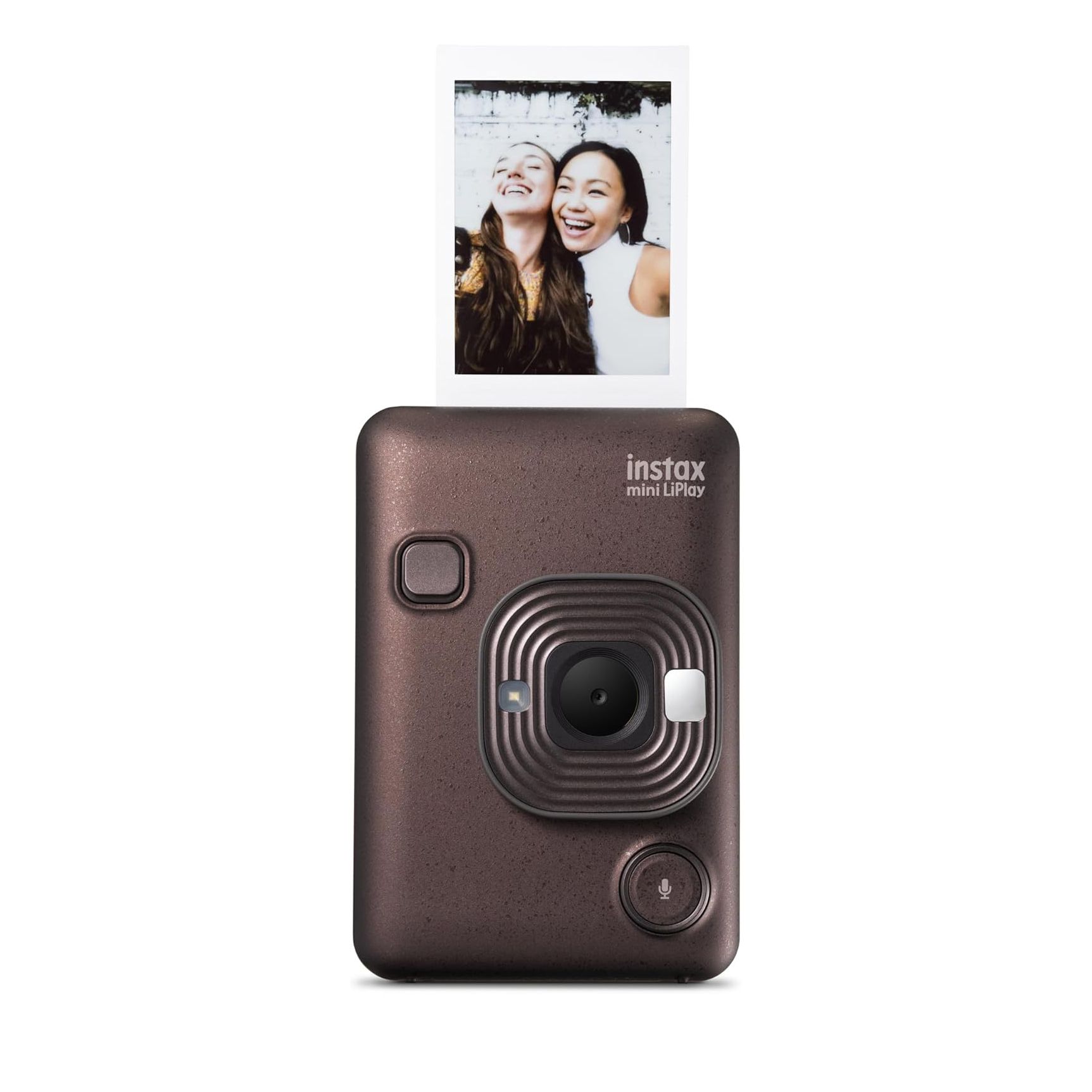
Fun but limited
Instax Mini LiPlay
Trending Products

Cooler Master MasterBox Q300L Micro-ATX Tower with Magnetic Design Dust Filter, Transparent Acrylic Side Panel…

ASUS TUF Gaming GT301 ZAKU II Edition ATX mid-Tower Compact case with Tempered Glass Side Panel, Honeycomb Front Panel…

ASUS TUF Gaming GT501 Mid-Tower Computer Case for up to EATX Motherboards with USB 3.0 Front Panel Cases GT501/GRY/WITH…

be quiet! Pure Base 500DX Black, Mid Tower ATX case, ARGB, 3 pre-installed Pure Wings 2, BGW37, tempered glass window

ASUS ROG Strix Helios GX601 White Edition RGB Mid-Tower Computer Case for ATX/EATX Motherboards with tempered glass…


